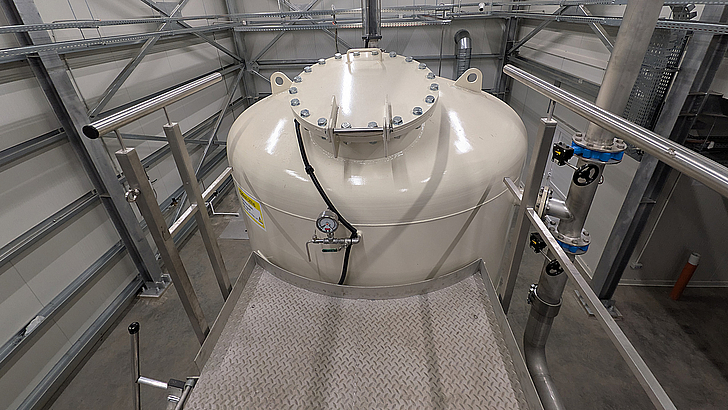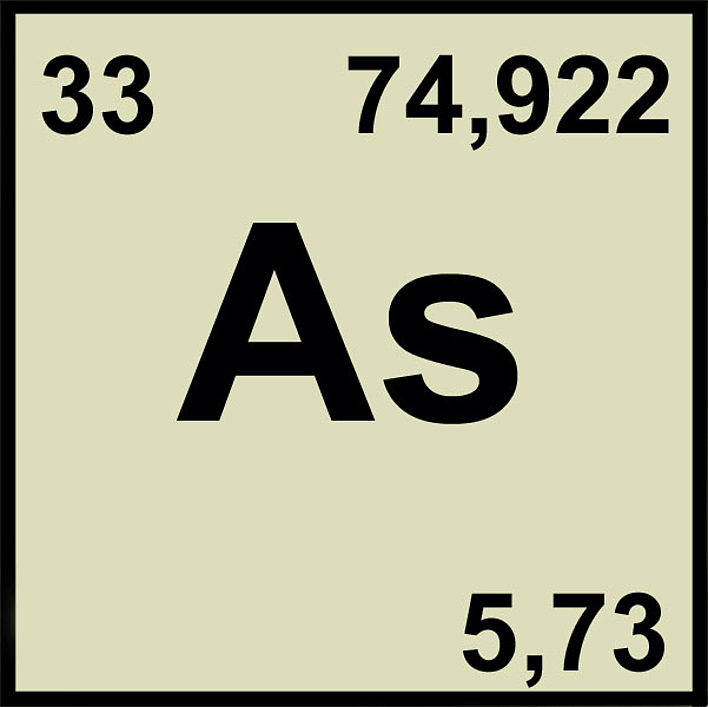Arsenic removal
In addition to iron and manganese, arsenic is another trace substance that occurs especially in reduced groundwater (deep water). Arsenic contamination of drinking water occurs worldwide. The causes are usually natural arsenic deposits: Seeping water dissolves arsenic from the rock, it occurs in the trivalent form as arsenite As3+ and in the pentavalent form as arsenate As5+. The arsenic content of raw water can be up to 0.1 mg/l or even more.
Water with an increased arsenic content (> 0.010 mg l) must be treated. Small amounts of the toxic arsenic in drinking water do not affect the taste. However, it accumulates in the body and leads to creeping poisoning with a variety of symptoms, which are ultimately visible in the form of black spots on the skin and strong callus formation on the extremities. Arsenic can be removed from the water relatively easily and safely.
Removal through oxidation:
Using ozone or other strong oxidizing agents, arsenic removal can be done parallel to deferrization and demanganization in one filter stage. In this case, the arsenite is oxidised into arsenate which is held back in the filter. Arsenic has a strong affinity for iron and attaches to iron hydroxide. The arsenate is removed from the filter bed during filter reverse flushing with iron sludge and manganese. If there is no iron in the water, it may be necessary to dose flocculants containing iron.
Removal through adsorption:
Filtration via adsorbing filter materials such as granulated iron hydroxide (GIH) is possible for small quantities. In this process, arsenic agglomerates on the GIH material. However, before adsorption iron and manganese must be completely removed from the water. Adsorption filters cannot be flushed. Once exhausted, the material must be completely replaced. As a rule, adsorption filters are designed for a service life or two to three years.
Removal through precipitation:
Another method is precipitation by dosing iron salts upstream of a filter stage. Arsenic then accumulates at the iron sludge similarly to adsorption. The disadvantage of this process is the large amount of sludge, which usually requires complex sludge treatment with dewatering and pressing.
Removal through reverse osmosis:
Both forms of arsenic can be removed from the water by reverse osmosis. This method can be useful when fully demineralized water (e.g. process water) is being treated. Bear in mind the high energy consumption, the high wastewater volume and up to 30% more water transport. Chemical additives are also required.
We would be happy to assist you with the dimensioning of a water treatment system and with finding the optimum configuration. Please contact us!




